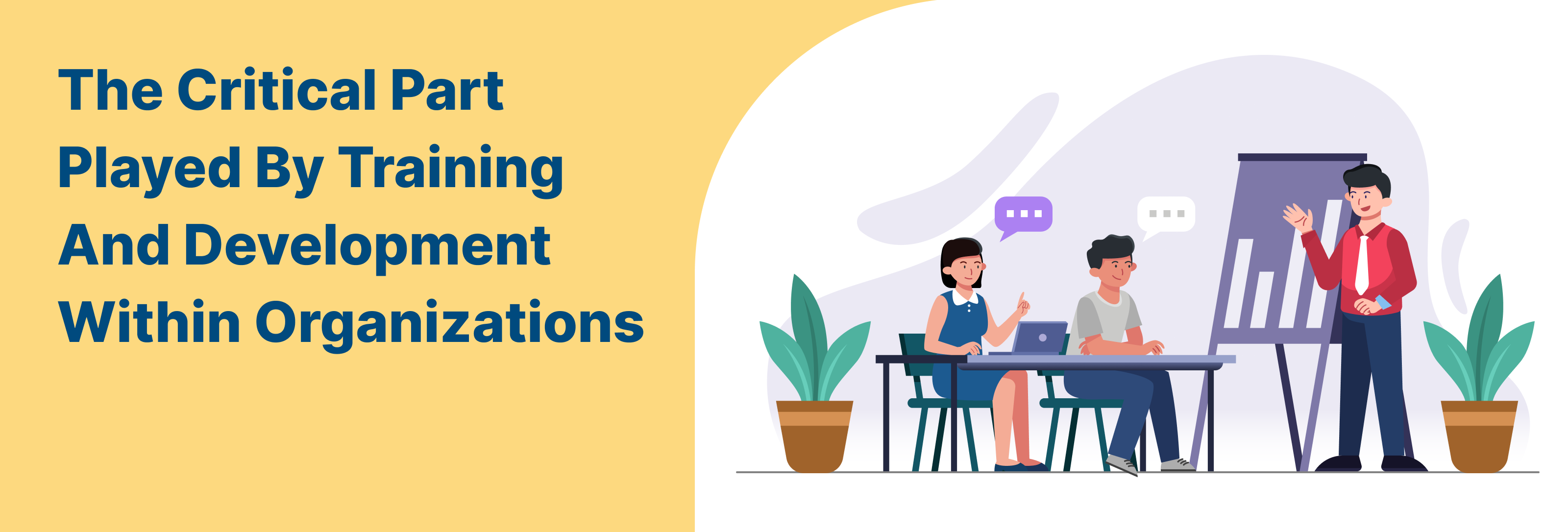Getting Around the Recruiting Success Strategies in Organisation
Organizations often struggle to discover and keep the right individuals in the dynamic world of recruitment, where there is a constant need for talent and a shortage of capabilities. In order to be relevant, recruitment tactics need to keep up with changes in markets and technology. We examine important tactics and industry best practices for effectively navigating the hiring process in this blog.
Techniques for Successful Hiring:
Employer branding: Attracting top talent requires a strong employer brand. Before applying for a job, prospective candidates frequently look into the reputation, culture, and values of the organization. As a result, businesses ought to make an investment in promoting their distinctive brand via gripping narratives, staff endorsements, and engaged involvement in communities and industry events.
Using Analytics and Data:
During the employment process, companies can make well-informed decisions thanks to data-driven recruitment. Through the use of analytics, recruiters are able to predict future talent requirements, evaluate the success of recruitment initiatives, and pinpoint the sourcing channels that produce the best applicants. This data-driven strategy increases productivity and raises the caliber of hiring.
Putting Diversity and Inclusion Initiatives into Practice:
Diversity and inclusion are commercial imperatives as well as moral imperatives. A varied workforce reflects the diversity of the clientele and encourages innovation and improved problem-solving skills. By putting inclusive recruiting processes into place, eliminating bias from job descriptions and assessments, and collaborating with different talent networks, recruitment efforts should place a priority on diversity.
Accepting Technology:
Technology keeps changing the way that hiring is done by providing tools for finding, vetting, and connecting with prospects. The hiring process is streamlined by applicant tracking systems (ATS), chatbots with artificial intelligence (AI), and video interviewing platforms, which decrease time-to-hire and improve candidate experience. Recruiters who adopt these technologies will have the resources necessary to remain competitive in the digital era.
Candidate experience:
Candidate experience should be prioritized because it’s crucial to drawing in top talent and preserving a great employer brand. Every communication, from the first application phase to the last offer, ought to be courteous, clear, and individualized. Timely response, unambiguous communication, and an easy application procedure improve the candidate experience and raise the possibility of hiring outstanding personnel.
Summary:
Recruitment is a complex process that needs to be continuously modified to satisfy the changing demands of both businesses and individuals. Organizations may effectively traverse the recruitment landscape by promoting diversity and inclusion, embracing creative techniques, and properly employing technology. In the end, making an excellent recruitment investment is an investment in the organization’s future success.





